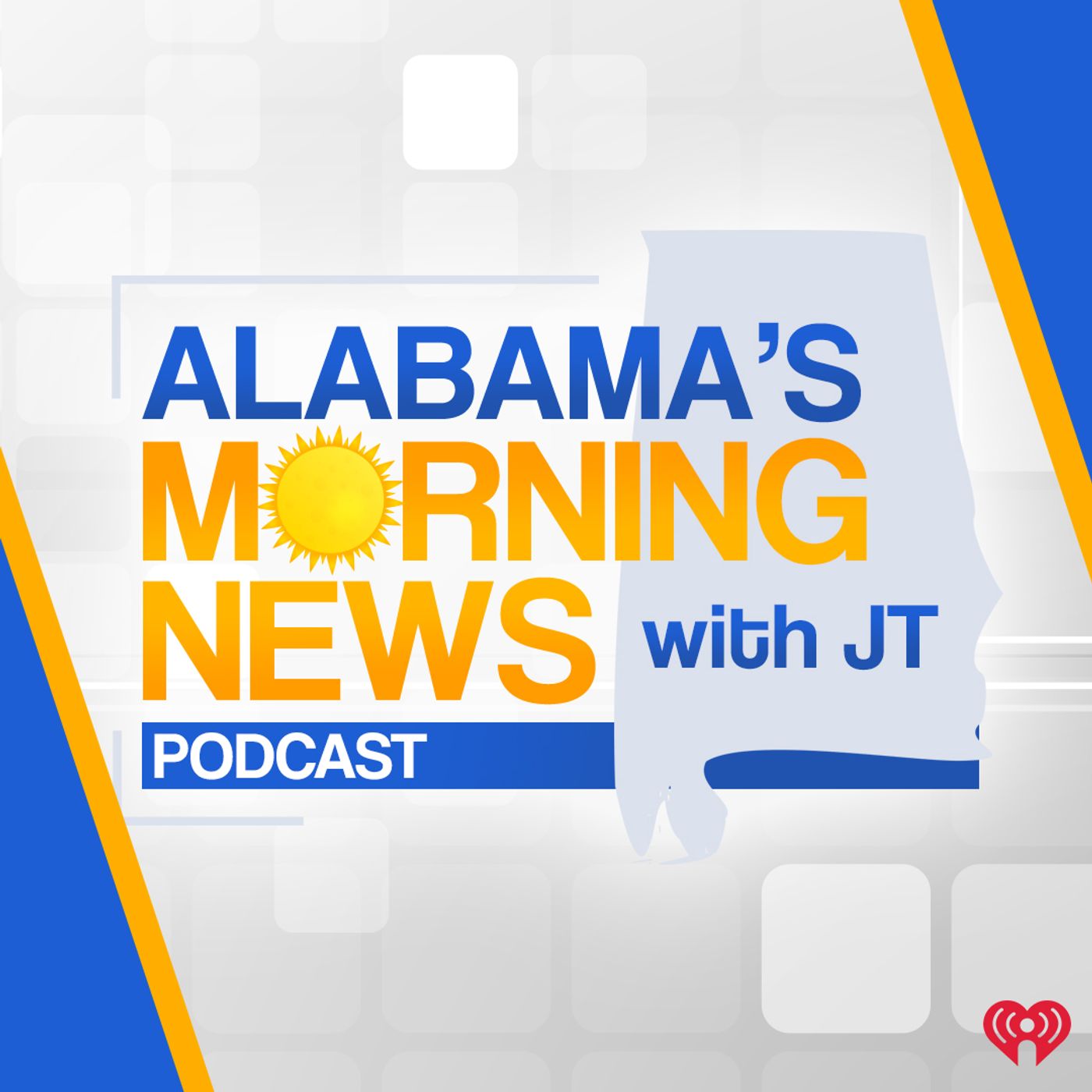Real Talk: Eosinophilic Diseases: The Evolution of Eosinophilic Gastrointestinal Disorders, with Dr. Dan Atkins
Description
Description:
Co-hosts Ryan Piansky, a graduate student and patient advocate living with eosinophilic esophagitis (EoE) and eosinophilic asthma, and Holly Knotowicz, a speech-language pathologist living with EoE who serves on APFED’s Health Sciences Advisory Council, interview Dr. Dan Atkins about Children’s Hospital Colorado’s multidisciplinary treatment program for eosinophilic gastrointestinal disorders (EGIDs).
In this episode, Ryan and Holly interview their friend, Dr. Dan Atkins. Ryan was a long-time patient of Dr. Atkins and Holly worked as a feeding specialist with Dr. Atkins at Children’s Hospital Colorado. Together, Dr. Atkins and Dr. Glen Furuta developed the Gastrointestinal Eosinophilic Disease Program at Children’s Hospital Colorado as a multidisciplinary treatment center for pediatric patients impacted by eosinophilic gastrointestinal diseases. They discuss how treatments and medicines have developed over the years. The clinic started with local patients but now also receives referrals from around the United States. Listen in for tips on identifying EGIDs and using multidisciplinary treatment.
Disclaimer: The information provided in this podcast is designed to support, not replace the relationship that exists between listeners and their healthcare providers. Opinions, information, and recommendations shared in this podcast are not a substitute for medical advice. Decisions related to medical care should be made with your healthcare provider. Opinions and views of guests and co-hosts are their own.
Key Takeaways:
[:50] Ryan Piansky introduces the episode, brought to you thanks to the support of Education Partners Bristol Myers Squibb, GSK, Sanofi, and Regeneron, and co-host, Holly Knotowicz.
[1:19 ] Holly introduces today’s topic, the evolution of eosinophilic gastrointestinal disorders, and the guest, Dr. Dan Atkins, a pediatric allergist at Children’s
Hospital Colorado.
[1:32 ] With more than 40 years of experience as an allergist, Dr. Atkins has seen the evolution of eosinophilic disease patient care first-hand and helped establish the Gastrointestinal Eosinophilic Disease Program at Children’s Hospital Colorado.
[1:46 ] The Gastrointestinal Eosinophilic Disease Program is a multi-disciplinary program designed for the optimal evaluation and treatment of children with eosinophilic gastrointestinal disorders.
[2:10 ] Dr. Atkins thanks Holly, Ryan, and APFED for programs like this podcast to help educate the population of patients with eosinophilic gastrointestinal diseases.
[2:39 ] Dr. Atkins chose a pediatric residency. The last rotation was with an incredible allergist, Dr. Lenny Hoffman, in Houston. Dr. Atkins loved seeing patients with asthma, eczema, allergic rhinitis, food allergies, and anaphylaxis.
[2:59 ] The thing Dr. Atkins liked about it was he could take kids who had potentially life-threatening conditions, work with them, and stabilize things, and they did really well. He could see a change in their quality of life. That got him started.
[3:22 ] Dr. Atkins did an allergy and immunology fellowship in Buffalo, New York with Dr. Elliott Ellis and Dr. Elliott Middleton who had just written the Allergy: Principles and Practice text. They were incredible, brilliant mentors and wonderful people.
[3:55 ] Dr. Atkins went to the National Institutes of Health to do basic science research after learning of a double-blind, placebo-controlled food challenge by Dr. Allan Bock and Dr. May in Denver.
[4:27 ] Dr. Atkins did a clinical project on food allergy with Dr. Dean Metcalf, which was one of the first double-blind, placebo-controlled food challenges in adults. They published two papers on it.
[4:47 ] Then Dr. Atkins went to work on the faculty of National Jewish Health. He was there for 25 years.
[5:04 ] Dr. Atkins was invited to join the Children’s Hospital of Colorado because they wanted to start an allergy program there.
[5:21 ] Dr. Atkins got interested in eosinophilic gastrointestinal diseases in 2006 after he saw a patient who had had difficulty eating, eosinophils in his esophagus, and food allergies. In another state, a doctor had put him on an elimination diet and he got better.
[5:42 ] The patient moved to Denver. Dr. Atkins saw him and found the case to be interesting. He looked in the literature and found an article on eosinophilic esophagitis by Dr. Alex Straumann.
[5:53 ] A gastroenterologist, Dr. Glen Furuta, came to Children’s Hospital, looking to work with an allergist. Dr. Atkins met with him and they hit it off. They saw the need for a multidisciplinary program to take care of these patients.
[6:31 ] Dr. Atkins has always been interested in diseases that led to eosinophilia. Most of them were allergic diseases. Eosinophilic esophagitis and other eosinophilic gastrointestinal diseases came along with much more of a focus on eosinophils in the gut.
[6:45 ] The first case of eosinophilic esophagitis that Dr. Atkins treated was a patient in 2006. He believes he probably missed earlier cases just by not asking the right question, which is, “Does your child eat slower than everybody else?”
[7:18 ] Once Dr. Atkins started asking patients that question, it stunned him to find out how many patients said that was part of the issue. He followed up with testing and, sure enough, they had eosinophilic esophagitis.
[7:45 ] Dr. Atkins says that, in general, eosinophils are present in allergic conditions. If you look at “allergic snot,” and stain it up, it’s full of eosinophils. If you have eosinophilic esophagitis and allergic rhinitis, if you swallow snot, it will impact your EoE.
[8:40 ] Dr. Atkins tends to be more aggressive with using a topical nasal steroid spray with patients who have allergic rhinitis because that decreases the eosinophils in the nose.
[8:50 ] Dr. Atkins says since eosinophils are on their way to areas that are involved in allergic inflammation, that’s how Dr. Atkins got interested in eosinophils. It played out with the multidisciplinary group and eosinophilic esophagitis.
[9:07 ] Ryan went to see Drs. Atkins and Furuta when he was eight. Ryan is so thankful he was able to go to their clinic and is grateful that the doctors helped to create one of the first programs dedicated to treating EGIDs in the U.S.
[9:40 ] Dr. Atkins credits Dr. Furuta with the multidisciplinary program. They discussed who needed to be part of it. A gastroenterologist first but Dr. Atkins thought an allergist was also necessary. Treating other allergies helps the patient’s eosinophilic condition.
[10:51 ] They decided they needed excellent nurses who loved working with kids. A lot of the kids had trouble eating, so the group needed feeding therapists and dieticians because these kids have a limited diet. They also needed a pathologist to read the slides.
[12:59 ] Because this is a burdensome disease, they needed psychologists for the child and the family. Learning coping mechanisms is a big part of the experience.
[14:20 ] As the program progressed, they saw they needed an endocrinologist to look at the children who weren’t growing as expected. In clinic, they needed a child health person who could play games with the kids and keep them engaged during the long visits.
[14:44 ] That was how the program evolved. They had an idea but they had to show people it would be an active clinic that would grow and they had enough patients to warrant the program. It happened quickly.
[14:54 ] The program is fortunate to have a wonderful group of people who get along well and check their egos at the door. There are lots of conversations. Everybody’s willing to listen and put their heads together. They compare notes and histories.
[15:46 ] Holly had been working as a feeding specialist at the hospital. Someone was on leave so Holly was put into the clinic. She had never heard of EoE; she didn’t know she had it! Her first meeting was a roomful of professionals comparing notes on patients.
[16:31 ] Holly was in disbelief that these medical professionals met together for an hour weekly to discuss their patients with each other. Later, Holly followed a patient with Dr. Atkins, then Dr. Furuta, then a dietician, and then a nurse.
[17:01 ] As she followed the patient, Holly listened and recognized the symptoms. She thought that she might have EoE! She introduced herself to Dr. Atkins and asked for a referral for a diagnosis. She was diagnosed that year with EoE.
[17:25 ] Holly sees many unique things about the program. She was impressed that they had the foresight to include a

























